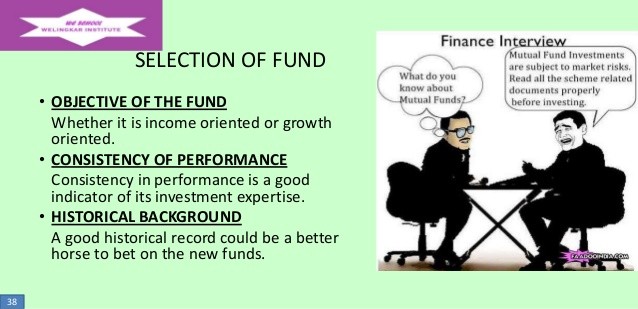ClosedEnd Loan Funds Performance Disparity But Growth Potential Income Investing
Post on: 4 Июль, 2015 No Comment

By Michael Aneiro
With leveraged loans on a roll. Barclays examines the aggregate performance of loan mutual funds relative to market-wide returns and finds that theres been a large disparity between open-ended and closed-end funds:
On average, open-ended funds have tracked the index closely, outperforming slightly in 2011 and lagging slightly in 2012. In contrast, aggregate closed-end fund performance has deviated materially from the broader market, outperforming the Barclays Loan Index by 8% in 2010, underperforming by nearly 4% in 2011, and then outperforming by more than 12% last year. The higher year-by-year volatility of closed-end funds is partly attributable to their use of leverage, as well as to the fact that they can invest in smaller, less liquid, lower quality loans without the concern of becoming a forced seller because of outflows. As a result, they tend to have a much higher beta to the market than open-ended funds exhibit.
Barclays says closed-end funds also tend to show greater performance dispersion, particularly in challenging return years. In 2011, amid modest returns for U.S. risk assets, open-ended mutual fund returns were tightly clustered in the low single digits, while closed-end funds were much more broadly distributed, with total returns ranging from 0% to -10%. Even in strong return years such as 2010 and 2012, Barclays says the distribution of closed-end fund returns was broad and relatively flat, whereas open-ended fund returns tend to be grouped around the index average.
Despite this, Barclays says, in an environment where liquidity is prized and yield is scarce, the characteristics of closed-end loan funds can potentially offer a winning combination:
By systematically harvesting a liquidity premium and adding modest leverage to an underlying asset with low volatility, closed-end loan funds offer a better risk-adjusted opportunity for yield pickup than going down in quality, in our view. For this reason, we expect closed-end loan funds to grow in popularity this year, with additional launches facilitating further growth in this corner of the loan market. Given the average premium to NAV of more than 3%, it appears that the market shares our favorable view.
Of the 25 loan closed-end funds Barclays finds, only two the Avenue Income Credit Strategies Fund (ACP ) and Western Asset Variable Rate Strategic Fund Inc. (GFY ) currently trade at a discount to NAV. T he funds trading at the highest premium to NAV are the Blackstone/GSO Senior Floating Rate Term Fund (BSL ), at a 9.47% premium, the Eaton Vance Floating-Rate Income Trust (EFT ) at 7.83% and the Invesco Van Kampen Senior Income Fund (VVR ).














